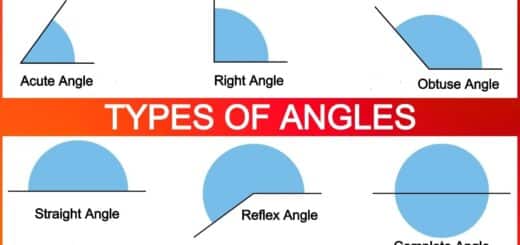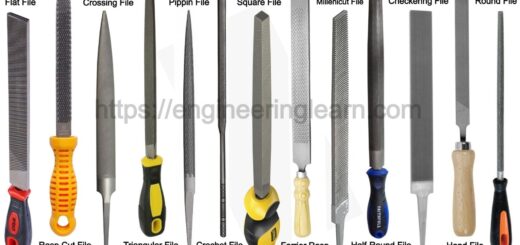17 Types of Vices and Their Applications & Safety Measures [Complete Guide]
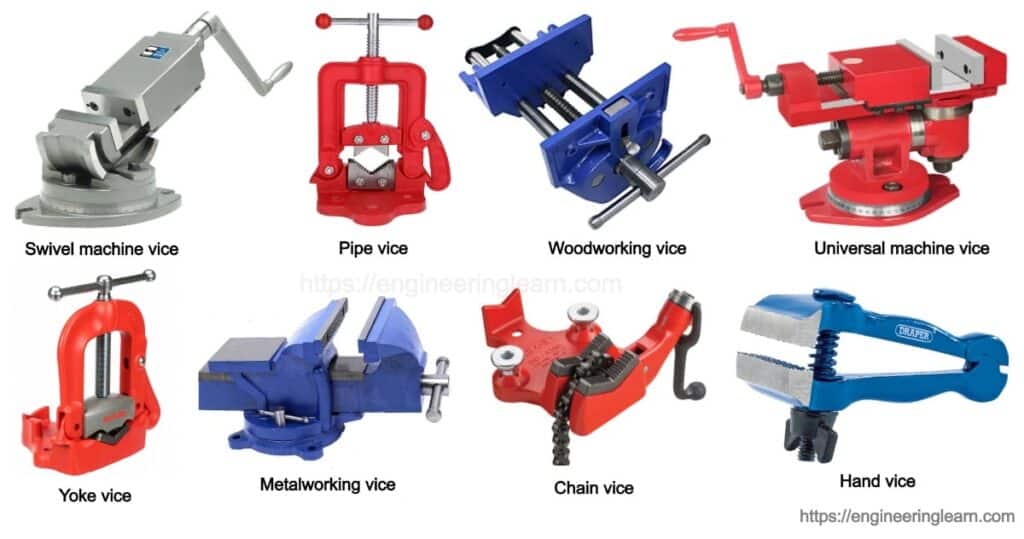
What is Vice?
Types of vices And Their Applications :- A vice is a mechanical apparatus that is used in securing an object to allow work to be performed on it i.e., to hold a work piece rigid at a stationary position. Vices consist of two corresponding jaws, one is static and the other can be moved in and out by a screw and a lever. It is used in multiple areas and fields such as a mechanical workshop, metalworking, woodworking etc.
The vice is attached to the bench, and therefore named as a bench vice or workbench vice. The bench vice are attached to a bench to give the operators comfort or ease while using the vice and to be easily accessible also.
If the working surface is stable a bench vice doesn’t need to be attached to the workbench. It can be attached directly to the surface or the side. A vice is entirely made up of metal because of this reason, the linings in the jaws are made with wood or some similar kind of materials. This assists the integrity of the work piece. Jaws are replaceable if worn out over time.
Bench Vise
The complete construction of the bench vise is made up of cast iron. Both of the jaws of this vice are made of tool steel and the spindle handle of the vice is made up of mild steel. This vice has wide range of applications in a workshop.
Bench Vise Parts and Function
The parts of the bench vise are as follows:-
❏ Base
❏ Spindle
❏ Handle
❏ Fixed Jaw
❏ Movable Jaw
❏ Jaw Plate
Construction of Bench Vise
The fixed jaw of the bench vice is cast along with the vice and the movable jaw is fixed with it. In both types of jaws, the tool steel plate is attached with a plate screw, which has dents in it. These dents are the reason for the grip of the job being very strong. If the jaw plate gets damaged it can also be replaced.
The spindle of the bench vice is fitted opposite to the movable jaw, which is fixed with the help of a spring and a pin. This spindle sets in the box-nut tightened in the fixed jaw. The holder of the round rod of the bench vice is settled in a hole made in the origin part of the vice. By revolving this handle of the vice the movable jaw moves ahead or backwards. The job is held between these two jaws (the fixed one and the movable one). The vice size is measured by its breadth. The Vice is tightened with two or three bolts on the round table.
Rusty Bench Vise Restoration
Types of Vices and Their Applications
1. Pipe Vice: ( Types of Vices )

The pipe vice is used in the plumbing work to hold the pipes in the vice to secure the tubing when cutting or threading is done. It is designed to hold the vice pipes which are as small as 3mm or as large as 200 mm. It may be fitted on a workbench or may be used with a mobile tripod stand. The mobile tripod stand is usually used for projects to be performed outside the workshop, they are portable, and are easy to transport. We can combine two or more for longer pipes.
2. Machine Vice: ( Types of Vices )
It is important to hold a job strongly for performing operations like milling, drilling, slotting or shaping. For doing the work for such operations machine vice is used. This machine vice is fixed on the table. The T bolts are used, which fasten the vice tightly and easily in the “T’” slot.
Types of Machine Vice
A) Plane Machine Vice
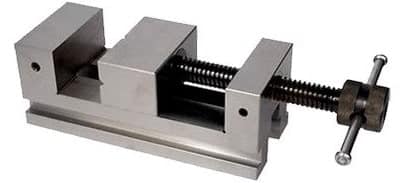
The plane machine Vice is used to fasten light jobs. It is also called the light-duty machine vice. Its fixed jaw is the one longer in the size. And the movable jaw moves ahead or backwards on revolving the spindle.
B) Flange Machine Vice
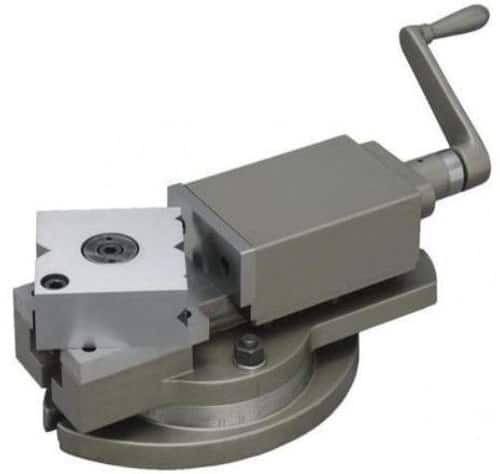
The flange machine vice is also known as the heavy-duty machine vice. For fastening the type of jobs that get frequent shocks at the moment of machining this type of machine vice is used. On one of the ends of the spindle, a square end is made which contains a box type handle fixed to it, to revolve it.
C) Universal Machine Vice

This is a machine vice that is highly useful and widely used. The quality of this machine vice is that with it job can be held in various positions such as
❏ Horizontal
❏ Vertical
❏ Angular.
It is majorly used in tool-making.
D) Vertical Machine Vice
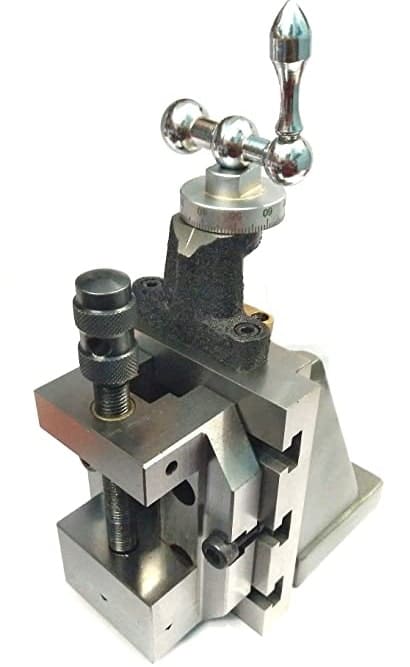
The next type of machine vice is vertical machine vice. This vice is different from all other kinds of vice. As the name suggests in this vice jobs are held in a vertical position. This vice consists of flanges instead of jaws. It is very easily operable.
E) Swivel Machine Vice
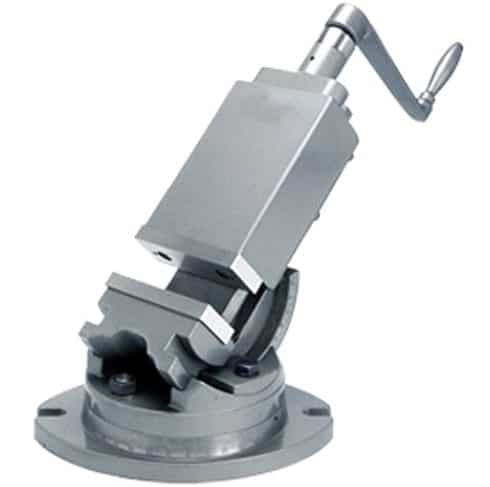
In construction and shape, the swivel machine vice is similar to a flange machine vice but it has a different kind of base, the vice can be revolved at any angle, with the help of this machine base. It has the quality which is that without separating the job from the vice straight or angular machining can be done.
3. Metalworking Vice: ( Types of Vices )
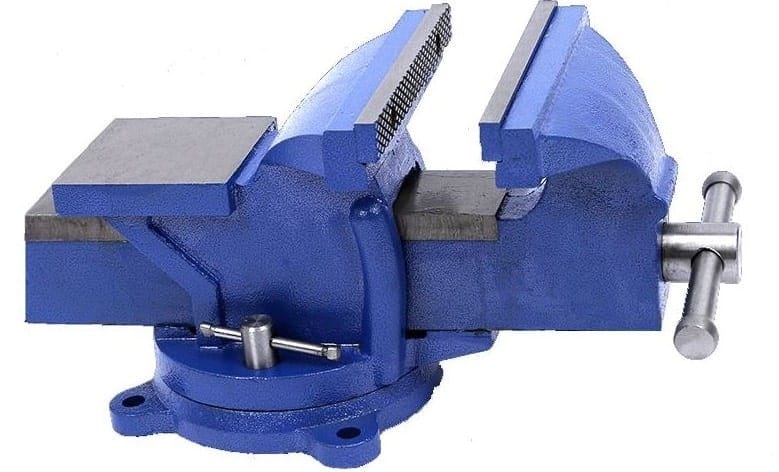
These types of vices are also called an engineer’s vice or a machinist vice. It holds the metal piece in place. A metalworking vice is occasionally made up of cast steel but largely made up of cast iron; steel is used in making its channel bar. The cast is strong, rigid and inexpensive and therefore it is used here. Usually cutting and filing operations are done with metalworking vice.
Jaws in this metalworking vice are often separated in the piece so that they can be replaceable. For the delicate work, the jaws of the metalworking vice are covered with a soft layer of material such as aluminum, wood, copper or plastic. This is done with the purpose to protect the material. Metalworking vice is usually screwed on a workbench, with the front of the jaws projecting out a little over the front edge. The metalworking vices may also have tiny anvil behind the vice bodies.
4. Woodworking Vice: ( Types of Vices )

This type of Vice is used in the woodworking shop. The construction of such vices is made up of jaws. One jaw grips the work piece and the second jaw moves against the other to hold the work piece tightly. A screw mechanism allows the firm working of the jaw. Woodwork vice is made typically of wood, plastic and metal. Depending on the specific application it has to perform.
5. Heavy-Duty Vice: ( Types of Vices )
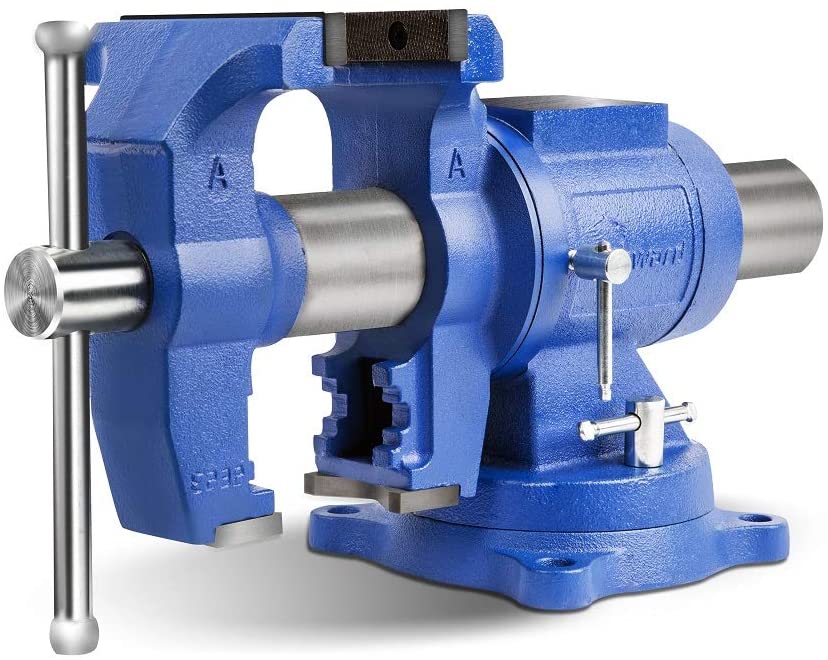
The heavy-duty bench vice mostly made up of iron, so that it can control heavy applications that are applied to it. The parts of a heavy-duty vice include: – separated steel jaws, ACME-threaded main screw and a precision slide bar. Heavy-duty bench vices are present in the stationary platform.
6. Medium Duty Bench Vice: ( Types of Vices )

The medium-duty bench vice is closely related to the earlier discussed heavy-duty bench vice. It is also made up of iron and also gives the chance of replacing its steel top jaws. A few of these types of jaws also feature 360-degree swivel and a built-in anvil.
7. Yoke Vice: ( Types of Vices )

The yoke vice is also called the hinged vice or the adjustable jaw vice, this vice uses a screw to clamp the pipe in place. A fixed V-shaped lower jaw and a moveable upper jaw hold the lengths of the pipe of the vice firmly. These jaws are serrated for the suitable and proper gripping of the object.
8. Chain Vice: ( Types of Vices )

A chain vice takes the help of a chain to secure the pipe. The pipe is kept strongly in a v-shape by the clamping. This chain is made of steel having high tensile strength, to make it work well with irregular pipes or other objects. The chain vice tends to have a broader working range and large capacity because the length of the chain is responsible for limiting the working range of the vice.
The whole perimeter of the pipe is defined by the big clamping area of the chain. One of the worst disadvantages of the chain vice is that the securing of a pipe in place with a chain pipe vice takes a lot more time than the other types of vices and it is so because the chain should be carefully and properly threaded between the jaws of the tool to clamp the pipe firmly in place.
9. Leg Vice: ( Types of Vices )
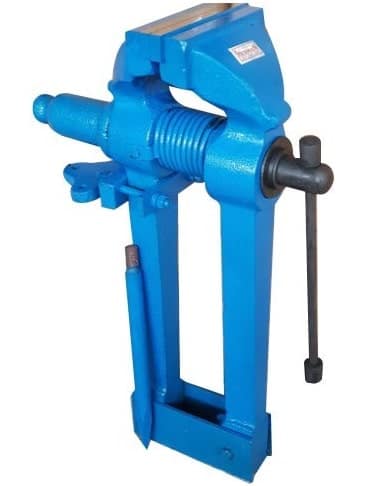
The leg vice is generally used in the blacksmith shop. A hot job is fastened in it, and blacksmith’s operations like bending forging, etc. are done. In a hanging manner, it is fitted in the workbench.
It contains only 1 leg which is straightway placed on wood. The two jaws (the movable jaw and fixed jaw) are joined with each other through a hinge. Between these two jaws, a strong spring leaf is fixed, with the help of which the movable jaw handle opens easily when it is revolved. On the upper side of both the jaws, there is a spindle fitted in which square threads are cut.
A nut box is fitted for the movable jaw to open towards the outside when the handle is revolved. Its whole body is made of rough iron. That is why when we strike it with a hammer it blows and it does not have any bad effect.
10. Hand Vice: ( Types of Vices )

This vice is highly similar to the leg vice having a long leg and opens like that vice. Only jobs smaller in size can be held in this vice.
As the name suggests, it is held in hand and cannot be fixed on a workbench. Instead of a handle, a wing nut is used which is a point on the spindle fixed between the two jaws (fixed one and the movable one ). The spring load is fixed due to which it can easily open.
11. Combination Hand Vice: ( Types of Vices )
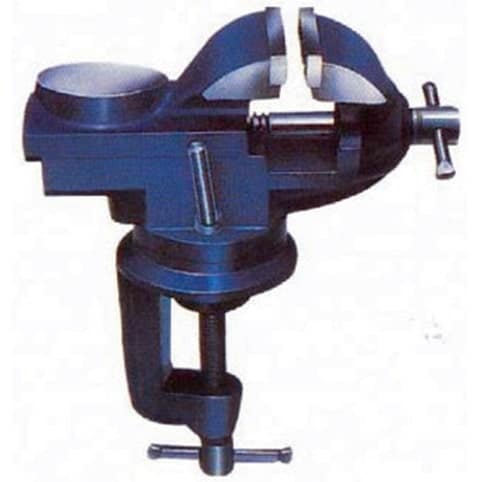
The combination hand vice can be used both in the form of a small bench vice and a hand vice. It can be practiced as a hand vice. It is also provided with a base clamp. With the help of this clamp, it can be fitted on the bench also. And In this way, it functions as a small bench vice.
Its distinguishing feature from others is that by loosening its wing nut, like a swivel vice, it can be fitted at any desired angle. And in this, the combination hand vice is made by the steel forging process. Right Hand and Left-Hand threads of the spindle are cut. So both the jaws open or close simultaneously at the same time with ease.
12. Tool Maker’s Vice: ( Types of Vices )

It is generally for holding non-ferrous metal works and other little work by the tool makers. Its jaws are made plain, which avoids the bruising of the work. This vice is not required to fit on the table. It can be either held in the hand or simply placed on a table for filing etc.
13. Pin Vice: ( Types of Vices )
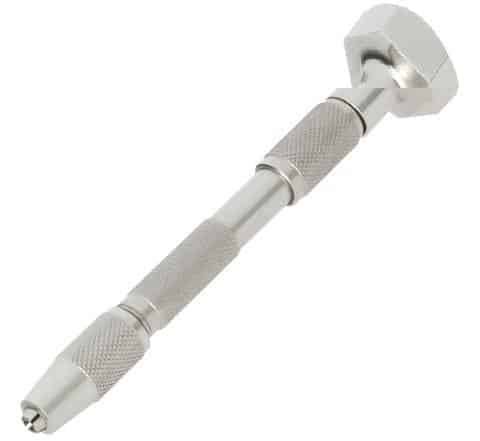
The pin vice works like a little drill chuck. There are 3 jaws like a chuck in the pin vice. The top part is thin and long which is made of six or eight panes. The vice body has a hole that is used to hold wires or pins. We can open the pin vice and close it tightly by hand force. It can be used to hold a screw, a pin, etc. by the watchmakers or instrument makers.
Safety measures to take while using vice
- Do not repair a vice by brazing or welding
- Do not apply too much pressure at the vice jaw corner
- be careful that the nuts and bolts are tight and properly fixed
- Do not weld any metal to the base of the vice
- Do not bend a heavy metal on a light vice
- Do not cut into the jaws of the vice
- choose the material, metal for the vice wisely.
- Always be alert while using the machinery
- the connections and joints need to be made being alert
- Do not beat the handle for fighting it
- Never take the jaw of the vice to be an anvil
- Discontinue the use of any vice that has cracks
- Do not open the vice wider than they were designed to use.
